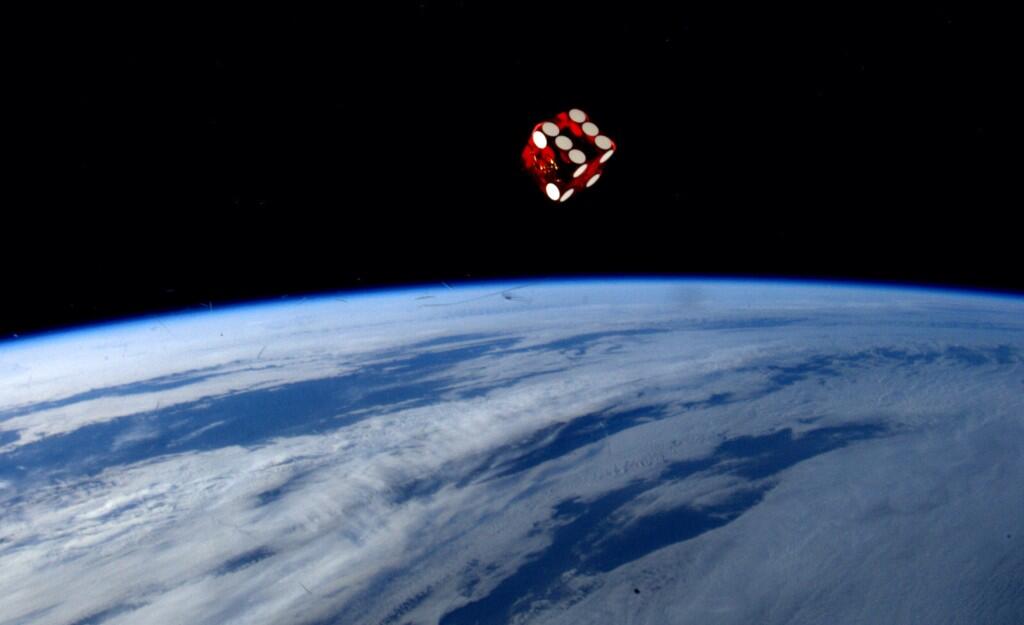
This week, TIME LightBox takes a deep look at the different types of photography produced in space, the tools used by astronauts and their robotic counterparts, the scientific and sociological implications of photos made by the space program, and how space photography fits into the pantheon of photography proper. Plus, we’ll show you some really breathtaking and, in some cases, rarely seen, images – because what is more breathtaking than photos from space?
Reid Wiseman is not the first astronaut to share photos from space with the Earth-bound public; nor is he the first astronaut to use social media to do so. He is part of a long line of intrepid space travelers – human and robot alike – who have made images in the final frontier and shared them with us back at home, from Buzz Aldrin’s photo of Neil Armstrong on the moon, to the Apollo 8 astronauts’ live Christmas eve television broadcast, to Chris Hadfield’s YouTube cover of Space Oddity, to Galileo, Voyagers I and II, and Curiosity Rover recording images from deeper parts of space.
Wiseman is, however, aboard the International Space Station at a moment when communication platforms available to astronauts are more instantaneous and visual than ever before.
Wiseman, a Baltimore native and former naval aviator, traveled into space on May 28, 2014 from Baikonour Cosmodrome in Kazakhstan. He had, up to that point, shared much of his training across Twitter and had begun experimenting with Vine; he continued to do so through the launch itself and then as he began his life on the International Space Station, which orbits the Earth in 90 minutes.
In a video chat with TIME’s Jeffrey Kluger on July 9th, Wiseman said of his social media presence, “I think the astronauts have always wanted to share their journey with as many people as possible. And I think Apollo, with the tools they had, they did a phenomenal job. We’re just lucky to live in this day where, when I take a photograph with a camera… we can email it straight into our Twitter feeds, and it just makes it so much easier to share this experience… It’s almost just become a little collateral duty of ours, so you don’t even think about it through the day, it’s so easy. But it’s appreciated and we really enjoy doing it.”
Part of Wiseman’s success on these platforms is his relatability – he’s struck a tone of constant awe and incredulity at his daily life on the space station that one wouldn’t expect from a highly trained and capable flight engineer. He’s also made his sharing extremely visual – he seems to send a constant stream of TwitPics and #SpaceVines to a growing following of over 150,000.
Finally! #SoyuzTMA13M selfie @astro_alex @msuraev pic.twitter.com/mI8YkfcoWc— Reid Wiseman (@astro_reid) June 2, 2014
His steady social presence has both its supporters and detractors. Setting those opinions aside, he has found a way to create excitement around an expedition fraught with political tension using photography and video as a starting point for communication and for activating and engaging a wide, universal audience.
Mia Tramz is an Associate Photo Editor at Time.com. Follow her on Twitter @miatramz.
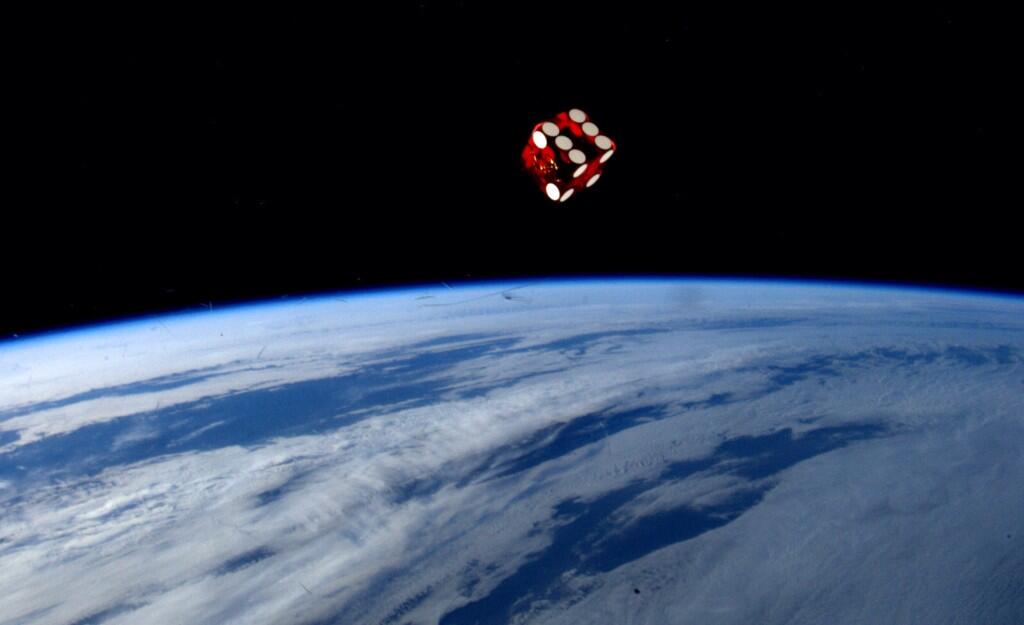
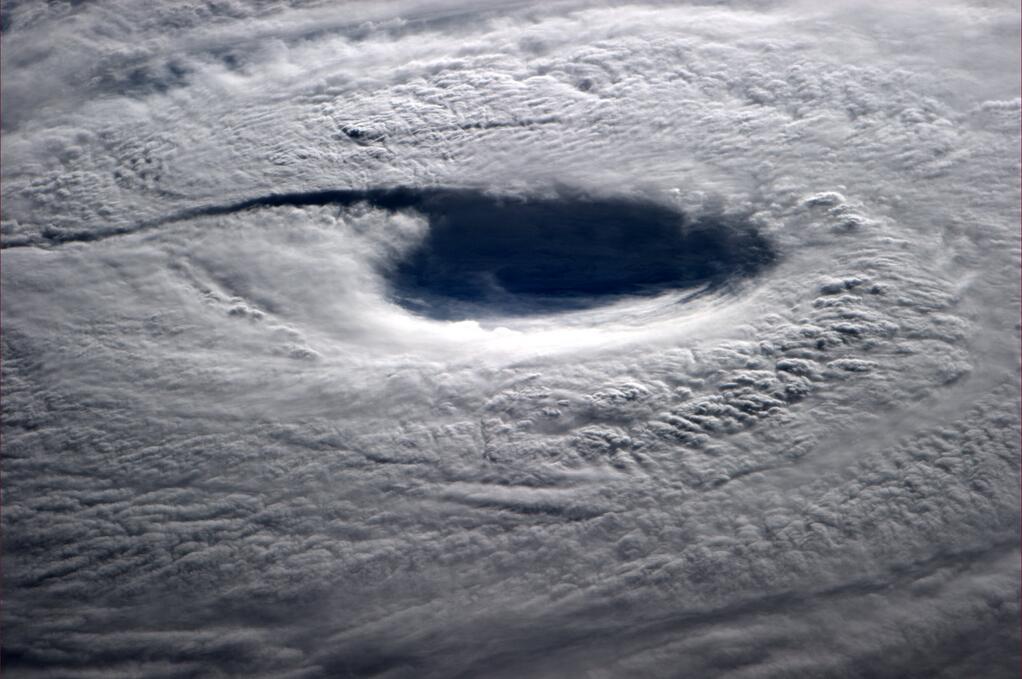
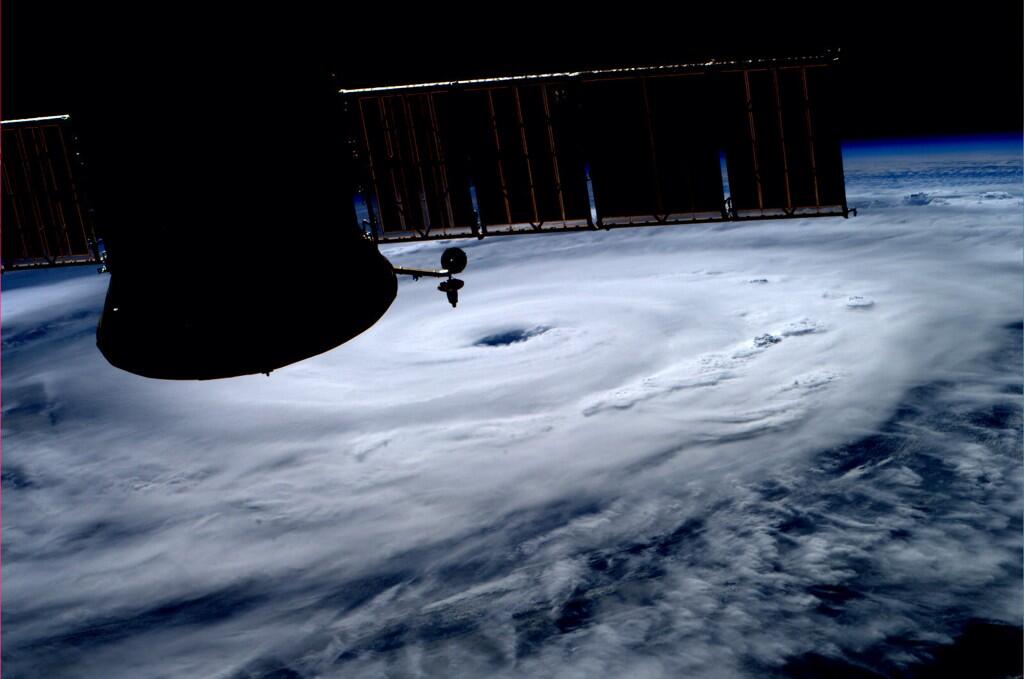


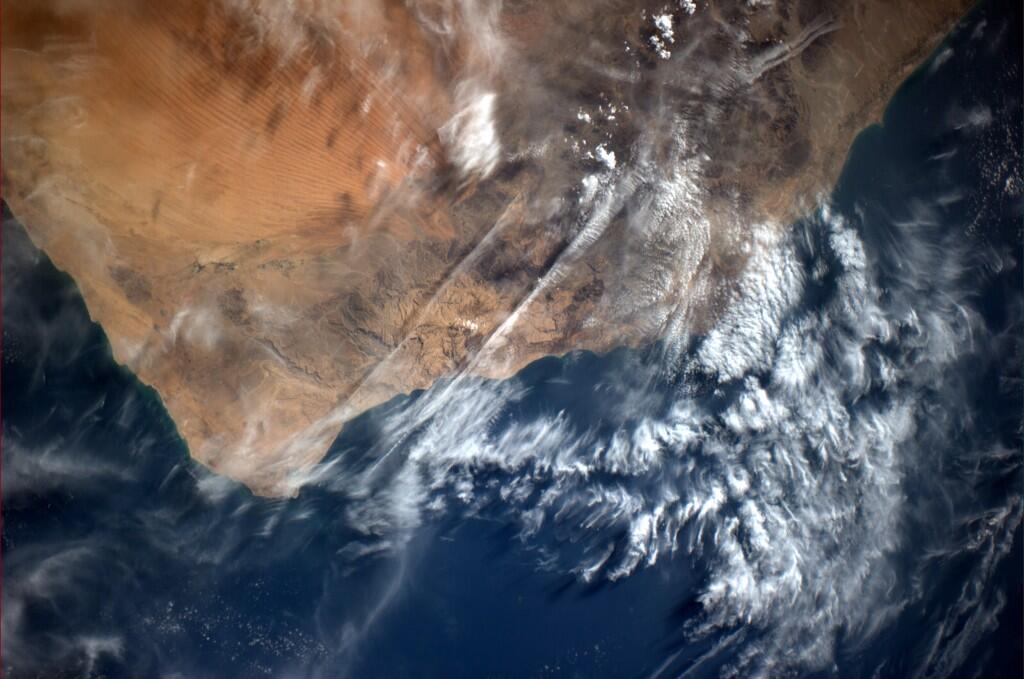

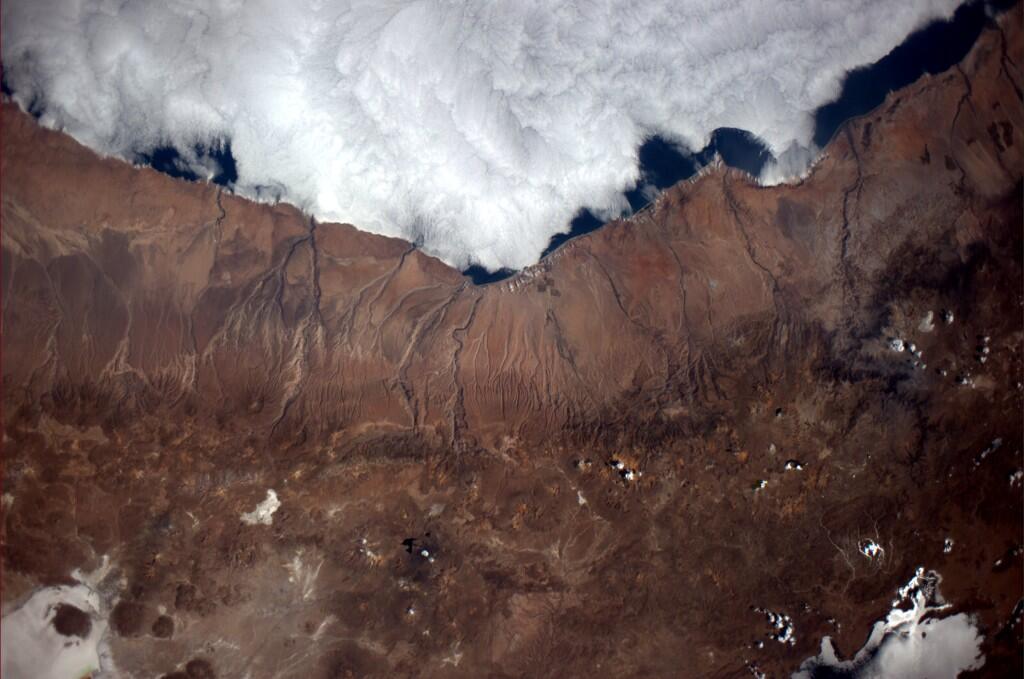
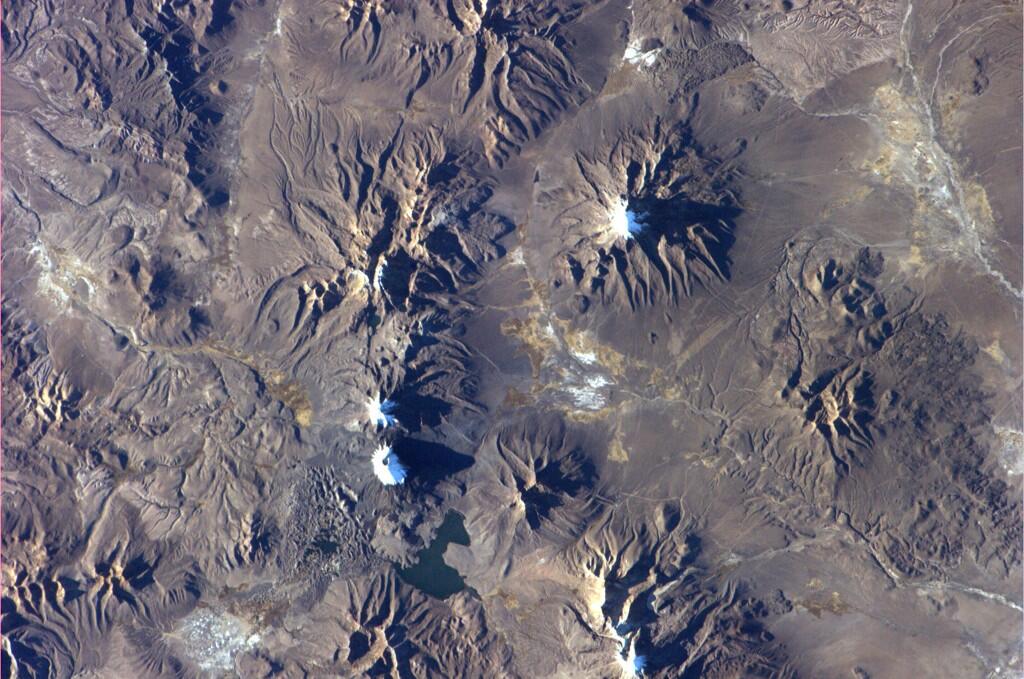
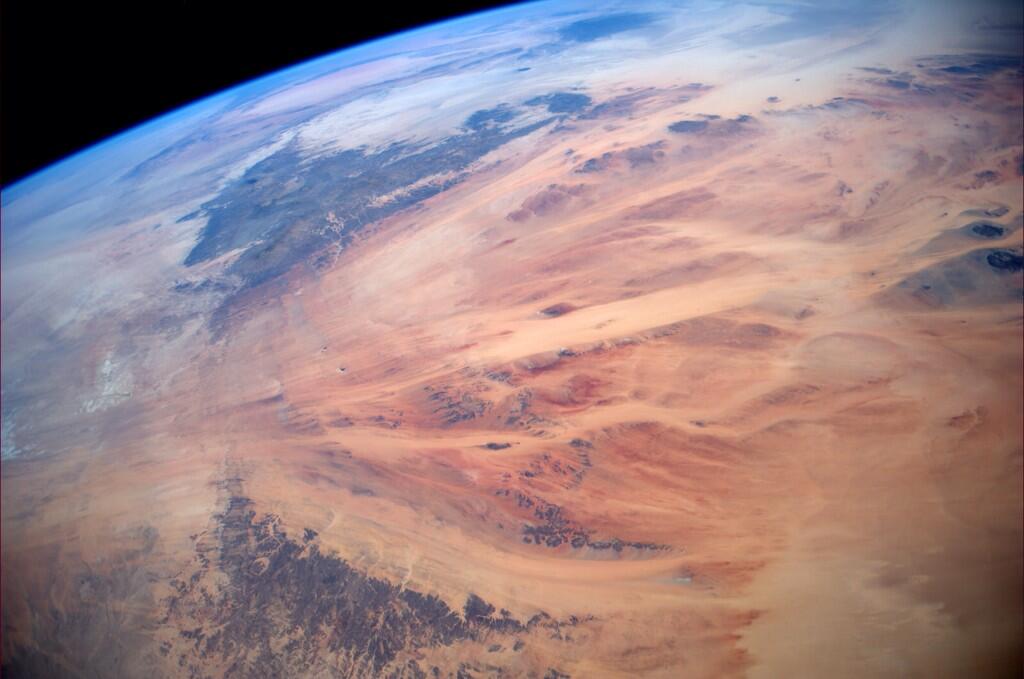
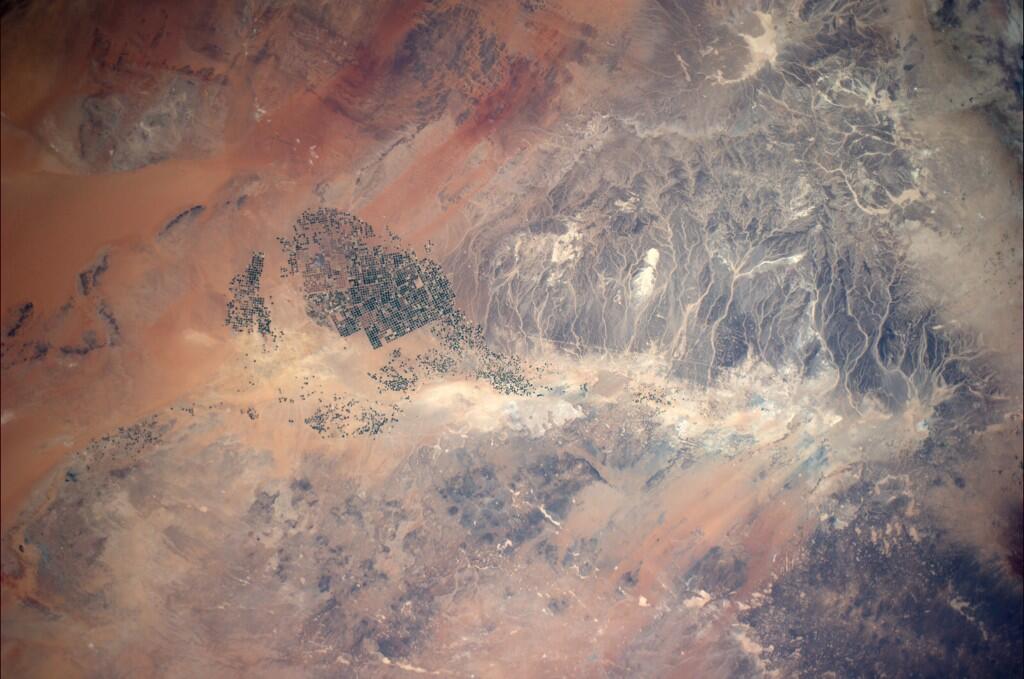
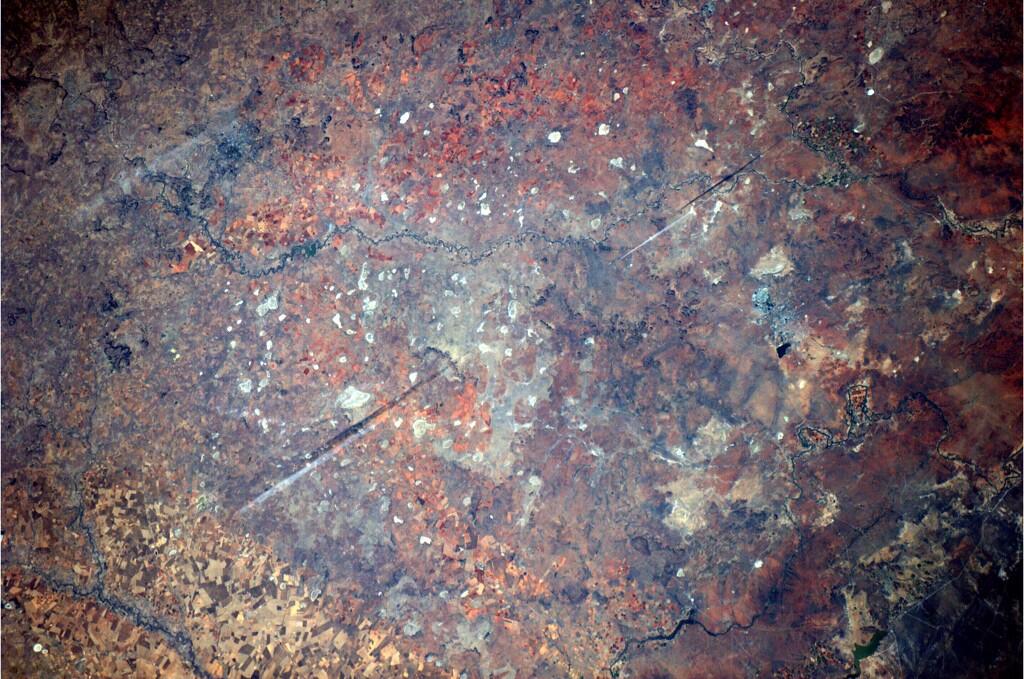
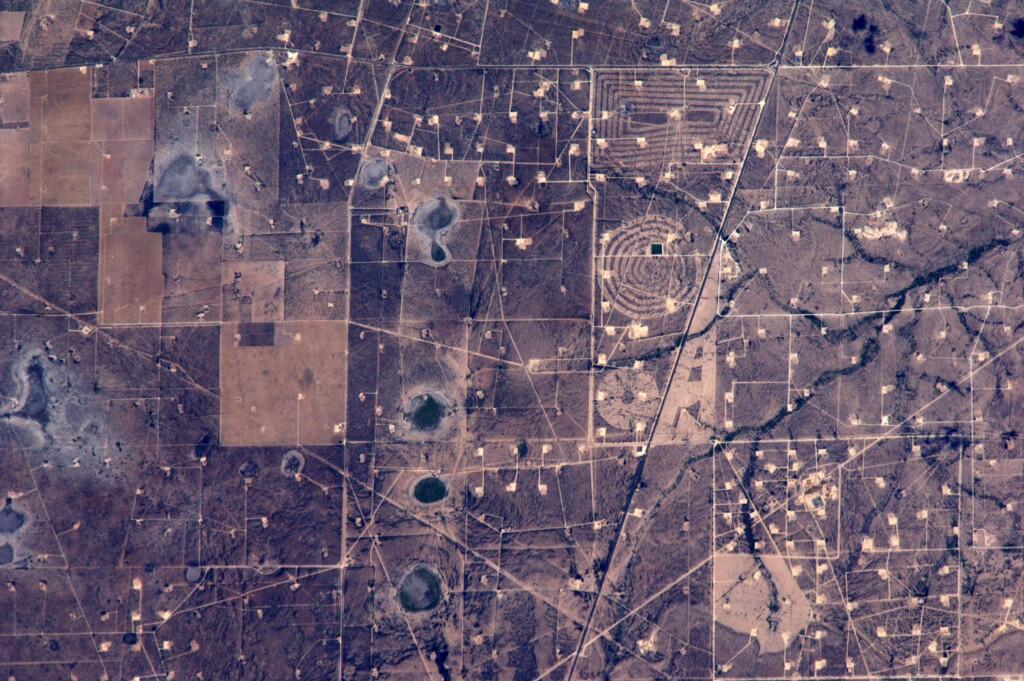
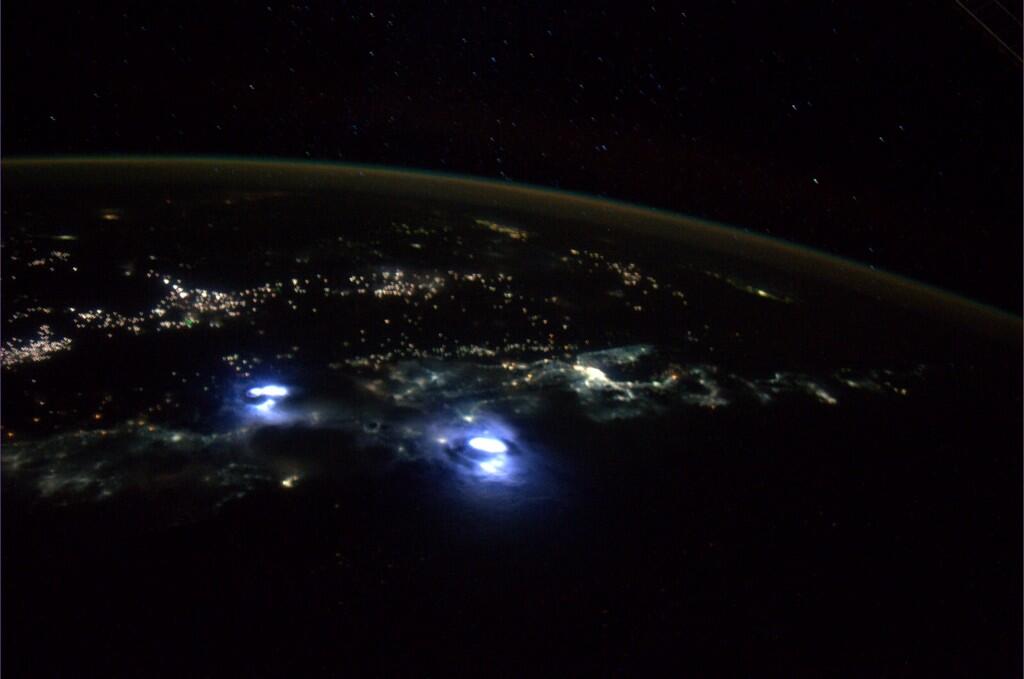



More Must-Reads from TIME
- Donald Trump Is TIME's 2024 Person of the Year
- Why We Chose Trump as Person of the Year
- Is Intermittent Fasting Good or Bad for You?
- The 100 Must-Read Books of 2024
- The 20 Best Christmas TV Episodes
- Column: If Optimism Feels Ridiculous Now, Try Hope
- The Future of Climate Action Is Trade Policy
- Merle Bombardieri Is Helping People Make the Baby Decision
Write to Mia Tramz at mia.tramz@time.com